# ay2025
12 posts in `ay2025` tag
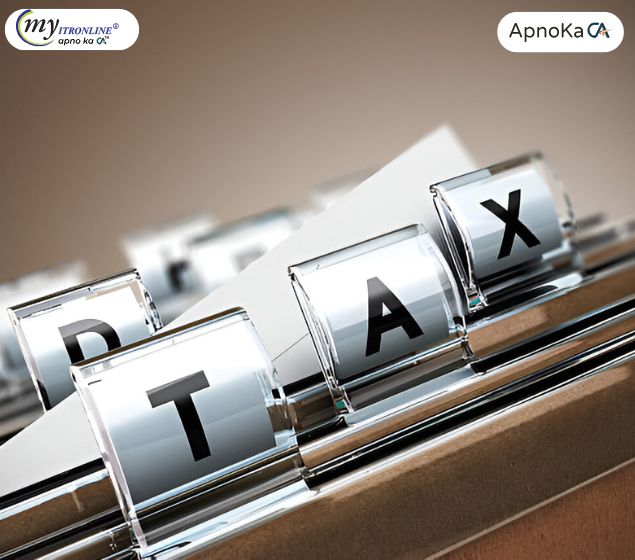
Your ITR Filing Checklist for AY 2025-26: Essential Documents You Can't Miss!
This blog post provides a crucial checklist of essential documents required for filing Income Tax Returns for Assessment Year 2025-26 (Financial Year 2024-25). It details the importance and usage of key documents such as Form 16, Form 16A/B/C, Form 26AS, AIS/TIS, Capital Gains statements, and proofs for tax-saving investments/expenses (for the Old Tax Regime). The post emphasizes the benefit of early preparation for a smooth and error-free filing experience and includes a pro-tip for cross-verification. It concludes by offering MyITRonline's expert assistance for accurate and hassle-free tax filingYour ITR Filing Checklist for AY 2025-26: Essential Documents You Can't Miss!
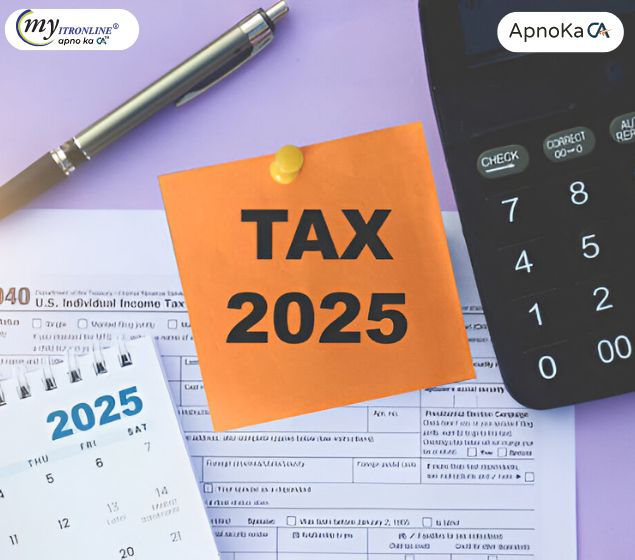
Easy Tax Rules for Small Businesses & Professionals (FY 2024-25)
This comprehensive blog post provides a detailed overview of the presumptive taxation schemes under Sections 44AD and 44ADA of the Income Tax Act, 1961, for the Financial Year 2024-25 (Assessment Year 2025-26). It explains the eligibility criteria, benefits, and important considerations (like the 5-year rule) for small businesses and professionals. Additionally, it clarifies the requirements for maintaining books of accounts under Section 44AA and the applicability of tax audits under Section 44AB, including the enhanced turnover limits. The blog aims to simplify complex tax provisions, helping taxpayers make informed decisions for better compliance and tax planning.
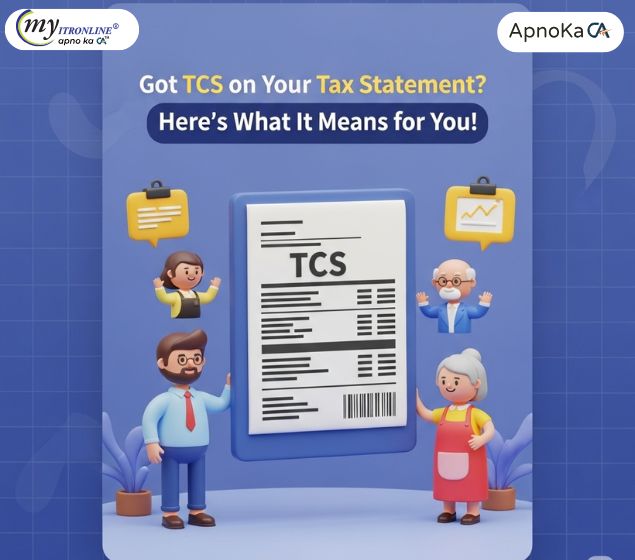
Got TCS on Your Tax Statement? Here's What It Means for You!
This blog demystifies Tax Collected at Source (TCS) for taxpayers, especially for Financial Year 2024-25 (Assessment Year 2025-26). It explains what TCS is, lists common transactions where it applies (like motor vehicle sales, overseas tour packages, and foreign remittances under LRS), and details how TCS affects one's tax liability. The post guides readers on how to reconcile TCS entries using their AIS/TIS and claim the correct credit when filing their Income Tax Return, helping them ensure accurate tax compliance and avoid discrepancies.

New Income Tax Refund Rules 2024: A Detailed Guide for NRIs to Secure Timely Refunds
This comprehensive blog post details the crucial updates to India's income tax refund rules for Non-Resident Indians (NRIs for Assessment Year 2025-26). It highlights the new "No Dues, No Refund" policy, emphasizing the necessity of clearing all outstanding tax demands and compliance issues for refund processing. The guide also covers revisited residential status rules, the default new tax regime, streamlined refund processing, and the vital role of Form 26AS and AIS/TIS. Special attention is given to capital gains and TDS on property sales, a common source of NRI refunds, outlining critical compliance steps. Finally, it provides actionable advice for NRIs to ensure their tax refunds are processed smoothly and without delays.
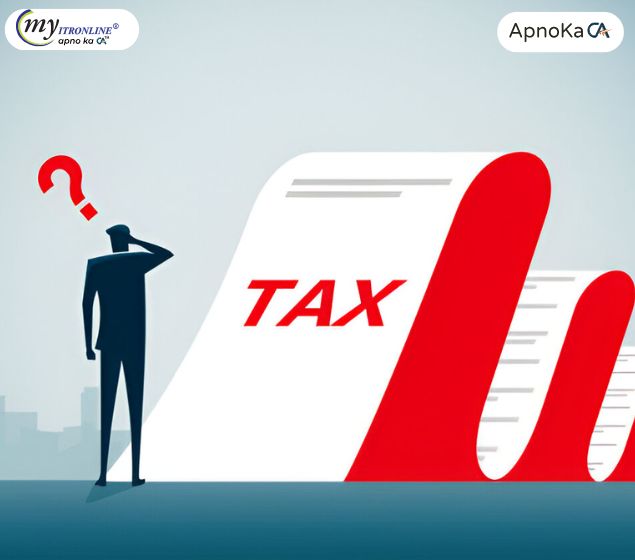
ITR Alert: ITR-1 & ITR-4 Offline Utilities for AY 2025-26 Now Available!
The Income Tax Department has released offline utilities for ITR-1 and ITR-4 for Assessment Year 2025-26. This blog post explains what these utilities are, how to download and use them, and highlights the important changes in this year's ITR filing. Start your ITR filing preparation now! Contact MyITROnline for expert assistance.
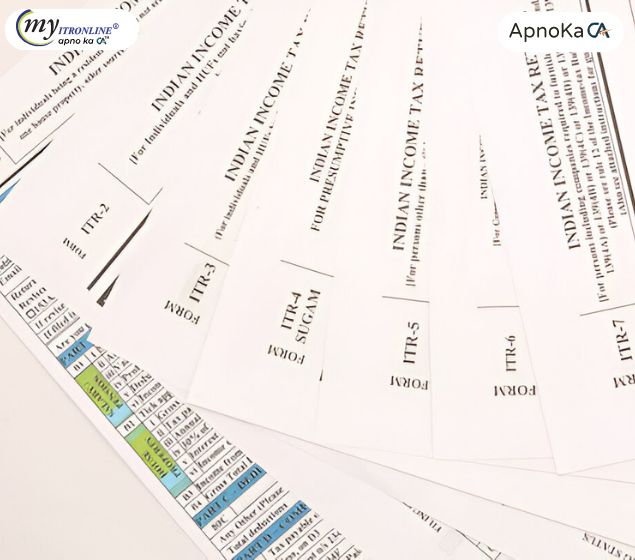
Understanding ITR Forms (ITR-1 to ITR-7) for AY 2025-26: Selecting the Appropriate Form for Your Earnings
This blog post serves as a comprehensive guide to selecting the correct Income Tax Return (ITR) form (ITR-1 to ITR-7) for Assessment Year 2025-26 (Financial Year 2024-25). It begins by emphasizing the importance of choosing the right form to avoid penalties and highlights the extended filing deadline for individuals and HUFs. The post then details important updates for AY 2025-26, including changes to LTCG reporting in ITR-1/4, compulsory detailed disclosures for old regime deductions, new TDS section requirements, revised asset reporting thresholds, and the default new tax regime. A simplified overview of applicability and exclusions for each ITR form (ITR-1 to ITR-7) is provided. Finally, it uses seven practical case studies to illustrate how different taxpayer profiles (salaried, freelancers, businesses, firms, companies, trusts) can correctly identify their applicable ITR form. The synopsis concludes by advising readers to consult official guidelines and tax professionals for accurate filing.
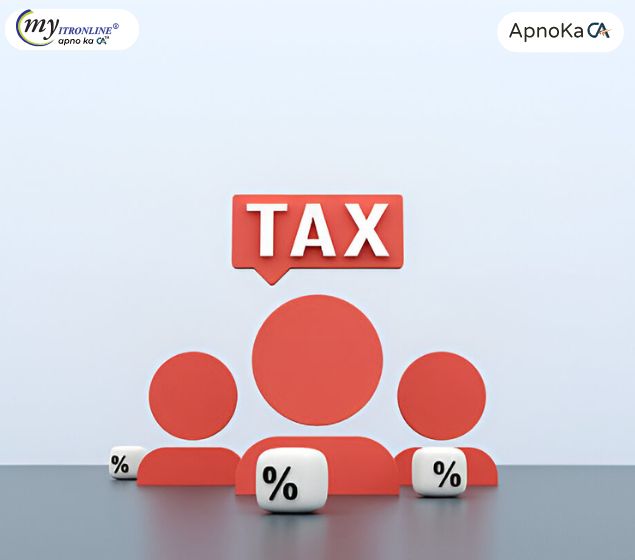
Disability Deductions (80DD & 80U) AY 2025-26: Your Certificate Acknowledgement Number is Now a Must-Have!
This blog post details a critical update for Indian taxpayers claiming deductions under Sections 80DD and 80U for disability for Assessment Year (AY) 2025-26. It highlights the new mandatory requirement to furnish the disability certificate's acknowledgement number in the Income Tax Return (ITR). The post explains the significance of this change for verification and compliance, provides a clear checklist for taxpayers, and outlines essential documentation beyond the acknowledgement number, ensuring a smoother tax filing process under the Old Tax Regime.
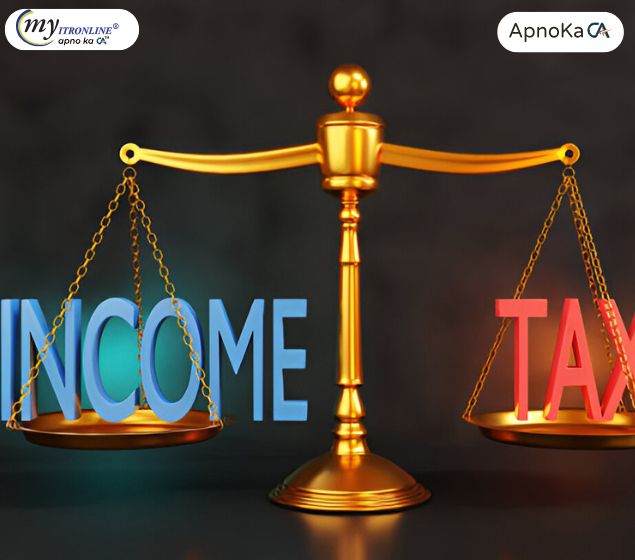
Ready to File? ITR-1 & ITR-4 for AY 2025-26 Enabled!
This blog announces the commencement of ITR-1 and ITR-4 filing for AY 2025-26, highlighting both online pre-filled data and Excel utility options. It clarifies who should file each form and details the key due dates (July 31st standard, September 15th for audited cases), encouraging early filing with a call to action for myitronline services.
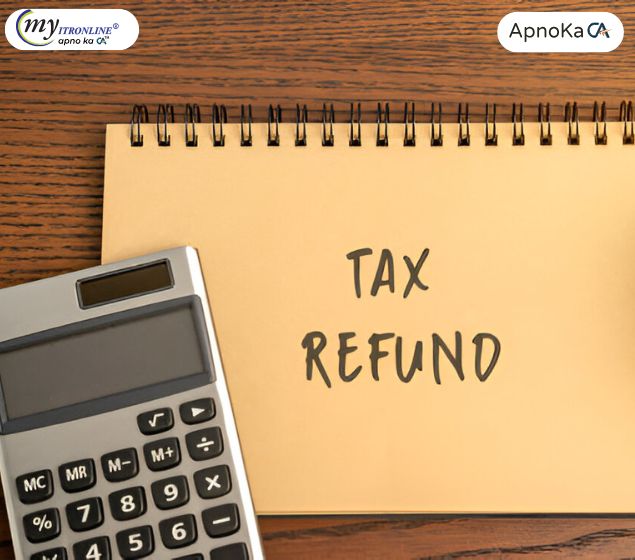
Exciting Update for Taxpayers: Could You Receive 33% More in Refund Interest?
This blog post explores the exciting possibility of taxpayers receiving up to 33% higher interest on their tax refunds if the ITR filing deadline for Assessment Year 2025-26 (FY 2024-25) is extended to September 15th. It explains the mechanics of tax refund interest under Section 244A, illustrating how an extended calculation period leads to greater returns. The article identifies key groups of taxpayers who stand to benefit most and provides crucial reminders about official confirmations, accurate filing, and timely tax payments to ensure a smooth and financially rewarding tax season.

New Rules for ITR-1 & ITR-4: Your AY 2025-26 Guide (Old Tax System)
This comprehensive blog post outlines the significant changes introduced by the Income Tax Department for Assessment Year 2025-26 (FY 2024-25) concerning ITR-1 (Sahaj) and ITR-4 (Sugam) under the Old Tax Regime. It details the newly mandated annexures for claiming various deductions, including HRA, Section 80C, 80D, 80DD, 80DDB, 80E, 80EE, and 80EEB. Readers will find crucial information on the new required fields for each section, key points to remember for seamless e-filing, common validation errors to avoid, and important deadlines. The post emphasizes the importance of accurate data submission and retaining supporting documents to ensure tax compliance.

Decoding ITR Complexity: Major Changes to Sahaj & Sugam for AY 2025-26
For Assessment Year 2025-26, the familiar ITR-1 (Sahaj) and ITR-4 (Sugam) forms, traditionally seen as straightforward, are undergoing significant changes that add layers of complexity. This blog explores the impact of the new tax regime as default, increased disclosure requirements, and the need for meticulous data reconciliation, explaining why even simple returns now demand careful attention. Discover how MYITRONLINE can help you navigate these evolving tax landscapes.
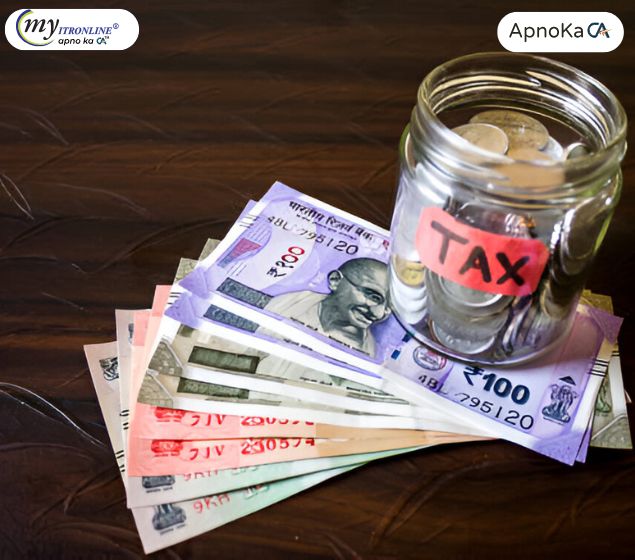
Start Your Tax Filing Now: ITR-1 & ITR-4 Excel Utilities for AY 2025-26 Released!
Big news for individual taxpayers and small businesses! The Income Tax Department has released the Excel Utilities for ITR-1 (Sahaj) and ITR-4 (Sugam) for Assessment Year 2025-26. This means you can now begin filing your income tax returns offline. This blog covers who can use these forms, the benefits of early filing, and how MYITRONLINE can provide seamless assistance.
